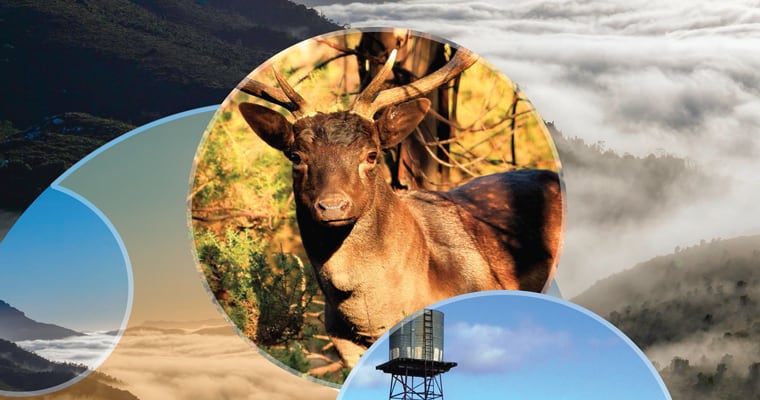When I first went to Central Australia in the early nineties, the desert had a rhythm.
You could feel it in the air – that dry pulse between the vast swathes of red sand and the wide blue sky. The spinifex hummed with life. Something about that place stayed lodged in my heart.
When I went back there last month, that rhythm was gone.
The red was swallowed by a dull, straw-green tide of buffel grass – a pastoral weed brought here last century to feed cattle and hold the soil together. What was meant to scab the wounds of overgrazing has grown to become one of the greatest infections Country has ever seen.
The land is now carpeted in it. It rolls over dunes and gullies, through ghost gums and desert oaks. Trees that have stood through centuries of fire are dying – their roots cracked by a heat far hotter than they were ever meant to endure. A single fire in Tjoritja / West MacDonnell Ranges National Park in 2019 destroyed more than half the trees in the burned areas, many of them hundreds of years old.
Even the witchetty bush, once a marker of life and food, is suffocating. For thousands of generations, people looked for the cracks in the sand beneath its branches, knowing that’s where the witchetty grubs lived. Now you can’t even see the ground.
When I first saw it, I thought of the red weed from War of the Worlds. That’s what it looks like. Unsurprisingly, buffel is now linked to the decline of over 30 nationally listed threatened species.
At Tempe Downs, I met with members of a Traditional Owner Group. Their elders spent decades fighting to get their Country back. Many of them passed before they even saw it returned. Now his generation’s defining battle is healing what’s been damaged.
Buffel is now being considered for listing as a Weed of National Significance – not to ban it from grazing, but to unite science, policy and community around stopping its spread and reducing its impact. The listing would recognise the reality of what’s unfolding beyond the paddock, and finally bring national coordination, research and funding to those battling it on the ground.
But there’s resistance. Many in the pastoral industry still defend buffel. It’s “good for business,” they say – and it is, if you measure success in kilograms of beef. In regions where rainfall is scarce and margins are tight, buffel has undoubtedly helped keep livestock fed and stations running. For these reasons, many graziers see the idea of calling it a “weed” as a threat.
Arguing over who’s right or wrong won’t get us far.
The truth is, buffel can be both. It can be a valuable pasture and a devastating invader – just as a cat can be both a pet and a predator. What matters now is what we do about it.
The people I met – the communities I sat with – show why we can’t look away.
These weren’t angry people. They were humble. I watched them rise before dawn to pull buffel by hand, while facing the hundreds of kilometres more in front of them. There’s a deep patience in that work – and a deep grief.
You can hear the somber undertone in their voices: the quiet ache of watching something sacred slip away while the rest of the country debates whether it’s even a problem.
The hardest part is knowing it’s been ignored for so long. Buffel was first proposed as a Key Threatening Process in 2012, but the listing never came. The warnings were there, but never acted on, and in that time, buffel crept further, changing the land faster than anyone could heal it.
That’s the reality we face. Not just an environmental crisis, but a cultural, spiritual and generational one.
If we can find unity in facing it, the desert might heal enough to sing again.
By Richard Swain, Indigenous Ambassador, Invasive Species Council and Hon Associate Professor, Fenner School of Environment and Society, ANU








